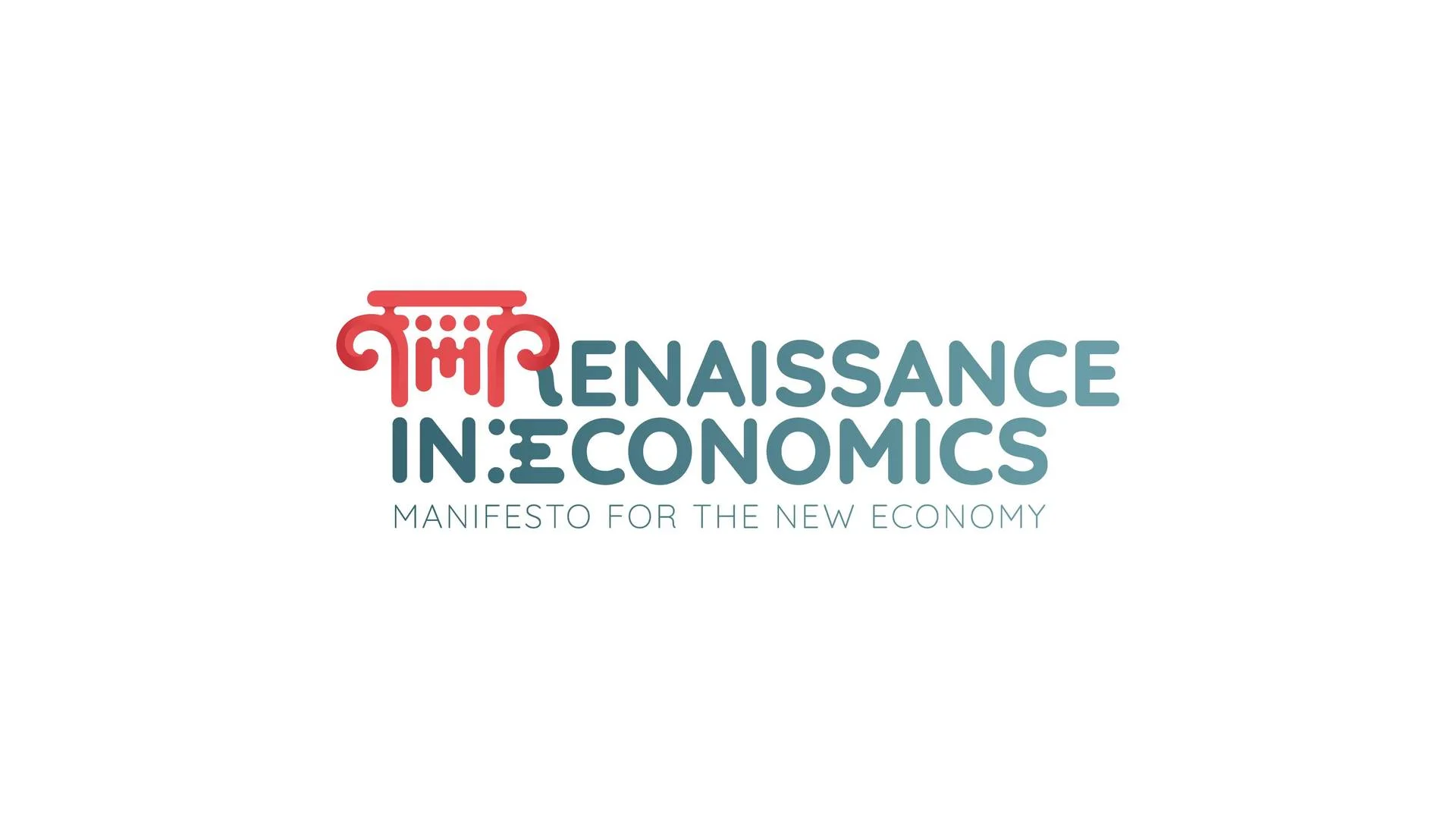Economics Terms A-Z
Total Utility
Read a summary or generate practice questions using the INOMICS AI tool
Total utility refers to the overall level of happiness or satisfaction that a consumer experiences by consuming a certain amount of a good or service. While marginal utility measures the change in utility from consuming one additional unit, total utility measures the level of happiness associated with the consumption of a certain quantity of the good.
Utility is an important concept in economics, because neoclassical economic theory is based on the premise that rational individuals maximize their utility. This implies that all (economic) decisions and interactions can be analyzed by studying the utility maximization problem of the people involved.
This is usually described by a utility function, i.e., a mathematical function that assigns a value to the level of happiness an individual experiences when consuming a certain bundle of goods and services. This function represents the preferences of a consumer over a set of alternatives.
Commonly, we assume that utility can be measured in monetary units, meaning that it is a cardinal concept for us. The total utility of consuming a good is equivalent to the amount of money that would give the consumer the same level of happiness. For example, the level of happiness or satisfaction you obtain from eating a chocolate bar can be measured by the amount of money that would give you the same level of happiness.
Cardinal utility means that the number we associate with the utility of the consumption of a good has a meaning and we can use it for comparisons. For example, if the consumption of 1 chocolate bar gives me a total utility of 1 and the consumption of 1 piece of cake gives me a total utility of 2, then we can conclude that not only do I prefer cake to a chocolate bar, but I like cake twice as much as a chocolate bar. A related concept is ordinal utility- see the Further Reading section below for a description.
Suggested Opportunities
- PhD Program, Master's Program
- Posted 2 weeks ago
PhD in Economics / Master in Economic Analysis- University of Cyprus
Starts 25 Aug at University of Cyprus in Nicosia, Cyprus- Master's Program
- Posted 2 weeks ago
Master (MSc) in Behavioural Economics - University of Cyprus
Starts 1 Sep at University of Cyprus in Nicosia, Cyprus- Master's Program
- Posted 3 weeks ago
MSc/PhD in Economics (IDEA) - Barcelona
Starts 1 Sep at Universitat Autònoma de Barcelona in Barcelona, Spain
When studying economics, you cannot get around the term marginal utility, which describes the increase in happiness or well-being from consuming one additional unit. The difference between marginal and total utility is that the first term only measures the change in happiness gained from the last unit. The latter term meanwhile refers to the overall level of happiness or well-being derived from consuming a certain quantity.
This means that the total utility of consuming a certain quantity is equivalent to summing up the marginal utility of all units. Marginal utility can be positive or negative depending on whether consuming one additional unit increases or decreases someone's amount of happiness. If the marginal utility of the last unit is positive, then total utility is increasing. If it's negative, total utility is decreasing.
Let us look at an example to better understand the difference. In the table below we can see the total as well as the marginal utility that an individual, let us call her Anne, obtains from consuming a certain number of cups of coffee.
Consuming one cup of coffee gives Anne a total utility of 5, and as this is the first cup, 5 is also the marginal utility of the first cup. So, the marginal utility of the first cup is equal to the total utility at one unit consumed.
|
Number of cups of coffee |
0 |
1 |
2 |
3 |
4 |
5 |
|
Total utility (measured in monetary units) |
0 |
5 |
7 |
8 |
8 |
5 |
|
Marginal utility (of the last cup) |
|
5 |
2 |
1 |
0 |
-3 |
Drinking two cups of coffee gives Anne a total utility of 7, so her marginal utility is equal to 2 (the change in total utility from the first to the second cup). In other words, the second cup of coffee still increases Anne’s happiness or well-being, although the increase is smaller than from the first cup.
For the fourth cup, the marginal utility is equal to zero and so we see that the total utility from the third to the fourth cup does not change. Anne’s total utility of consuming five cups is lower than that of consuming two, three, or four cups. This means that the marginal utility of the fifth cup is negative, since Anne has had enough coffee and doesn’t want more. This can be explained in economics by the law of diminishing marginal returns.
Further reading
Some economists argue that (total) utility should not be interpreted as a cardinal concept, but rather on an ordinal scale. Ordinal utility means that the value associated with the utility of the consumption of a good can only be used to make comparisons telling us which consumption bundles are preferred to others, but nothing more.
For example, if a chocolate bar gives you a utility of 1 while a piece of cake yields a utility of 2 then according to ordinal utility we can only infer that you prefer cake to a chocolate bar. The actual numbers cannot be interpreted, i.e., we cannot say that a piece of cake makes you twice as happy as a chocolate bar.
G. Debreu, in Representation of a preference ordering by a numerical function, established the conditions under which a preference ordering can be represented by a utility function.
You may already have seen ordinal utility in the form of indifference curves. All consumption bundles that are on the same indifference curve give the individual the same total utility. Consumption bundles on higher indifference curves are preferred, but the exact difference in the total level of utility is not interpretable.
Good to know
The consumption of a good that increases happiness has a total utility that is positive. Some goods, those that actually reduce utility or give you disutility are called "bads". For example, air pollution is clearly a bad. And here we encounter a difficulty. How can we measure the decrease in utility a person experiences from having to consume polluted air?
To measure the disutility of a bad, we can ask an individual how much he or she would be willing to pay in order to not have to consume it. Alternatively, we can ask how much money we would have to give to the person consuming the bad in order to keep his or her utility unchanged. This is one way to solve the problem of externalities.
-
- Summer School
- Posted 3 days ago
Max Planck Summer School on the Political Economy of Conflict and Redistribution 2026
Starts 7 Sep at Max Planck Institute for Tax Law and Public Finance in Berlin, Germany
-
- Assistant Professor / Lecturer Job
- Posted 2 weeks ago
Assistant Professor of Finance and Economics
At Eastern Kentucky University in Richmond, United States
-
- Workshop, Conference
- Posted 6 days ago
Call for Papers: 3° International Conference Renaissance in Economics 2026
Between 14 May and 15 May in Rome, Italy













